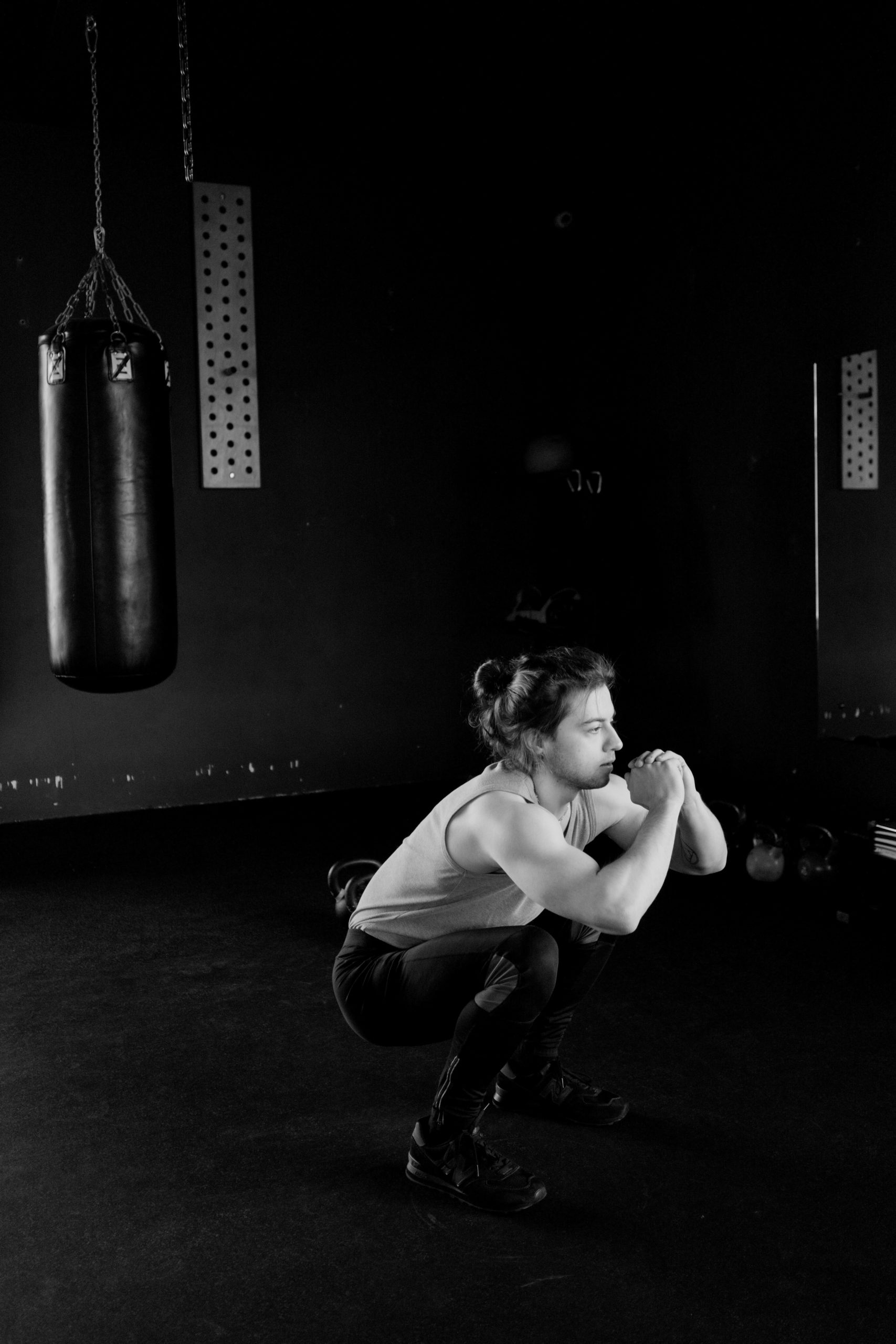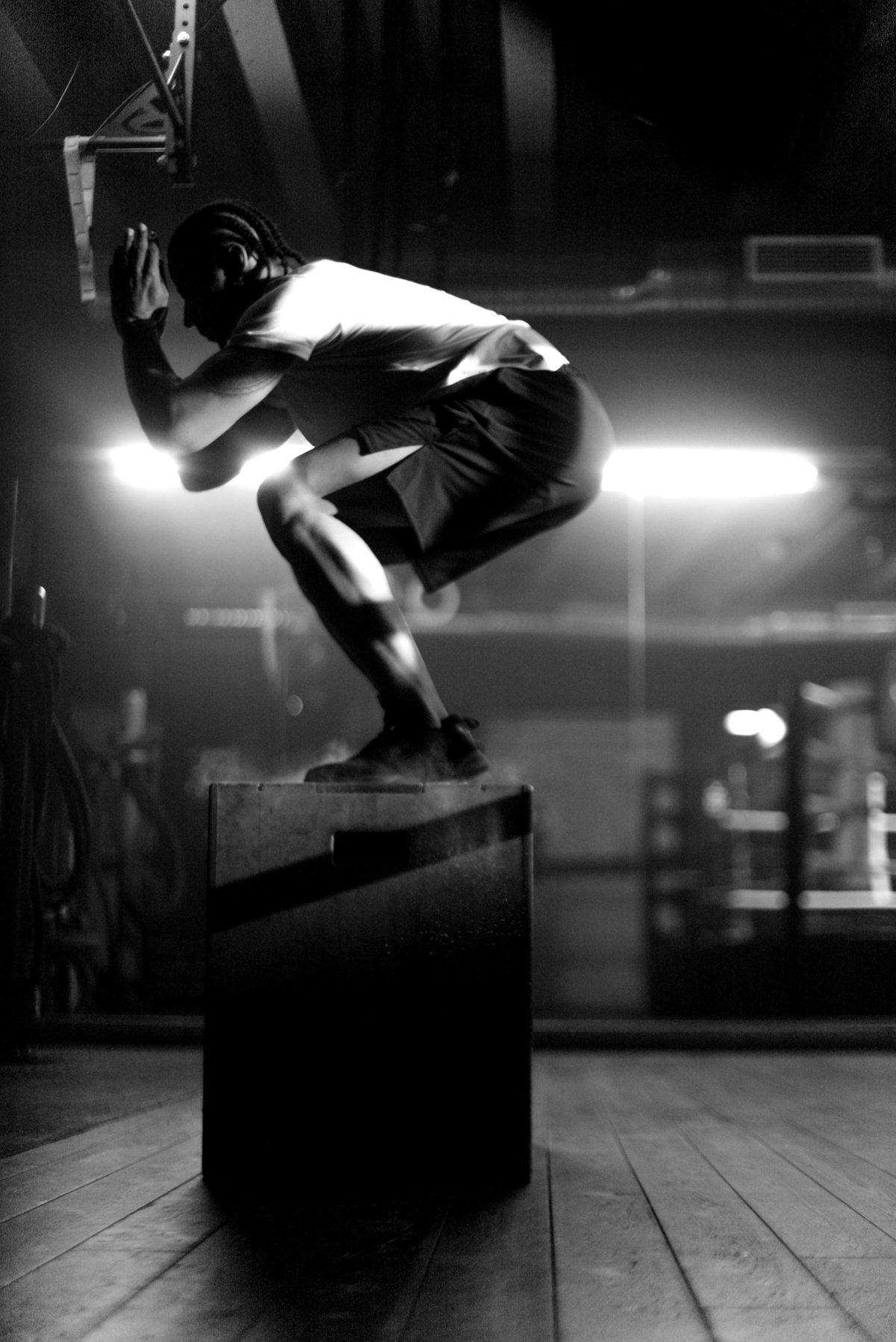We all want a deeper squat, right? I think having a great air squat position is one of the best things you can do to for your health and fitness. So, how to squat deeper – quickly and easily? We will get to that in one moment.
But first…
Please understand I am not saying you should forget about mobility. It’s important to keep trying to fix any actual issues in your squat. This is just a quick way to give your squats some variety and help hit full depth if your mobility is not there yet.
With that out of the way, here’s how to squat deeper:
It’s all in the ankles
Did you ever notice how when you squat down and are on your tippy toes, like a catcher, that you can bring your heels to your butt? But when you try to keep your feet flat on the ground then your butt doesn’t even come close to your heels? What’s up with that?
That’s called ankle mobility and is probably the number 1 reason you can’t squat deeper. You can do ankle mobility exercises to improve your squat. Or, there is a super simple fix.
So how to get a deeper squat? Simply elevate the heels.
The right way and the wrong way to squat deeper
Obviously, you shouldn’t be loading a heavy squat and then squatting down with all your weight on the balls of your feet. This would be the wrong way.
The correct way is by taking something thin, such as change plates or a small strip of rubber matting about ¾ of an inch or so, and placing it on the floor. Place your heels on whatever your item is and now squat.
Your squat should instantly be deeper. It should also give your heels a solid platform to balance on and push against. This helps you to come out of the squat. Doing this is essentially the cheap version of lifters.
What are lifters?
Lifters are shoes designed specifically to give you a deeper squat position.
They are used in the sport of Olympic lifting as well as CrossFit and general training. These shoes are designed to be very tight fitting and rigid. The sole is made of hard dense materials. This lets the athlete press out of the squat without excessive foot movement.
Lifters can be beneficial to some athletes. But, in the words, of Louie Simmons, “Don’t have $100 shoes and a 10 cent squat”. What he means is that it’s best to focus on your form and mobility in your squat before going and spending money on high dollar lifters.
But remember, squat deeper with your ankles
For the longest lasting and healthiest fix, concentrate on your barefoot squat and increasing mobility and range of motion.
Using lifters or poor-mans lifters can be very beneficial, and is just one more tool in our toolbox. Just don’t become reliant solely on that one tool.


